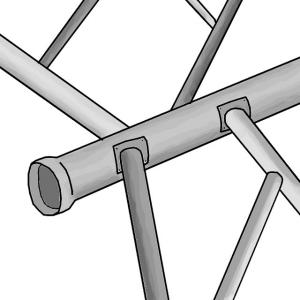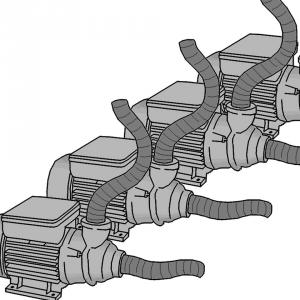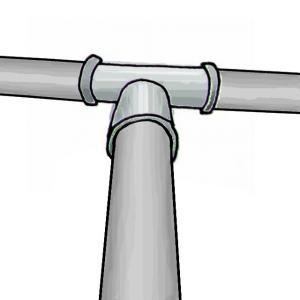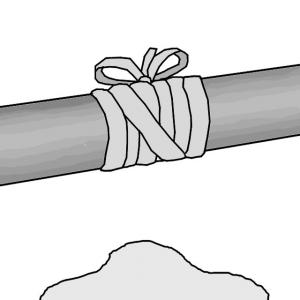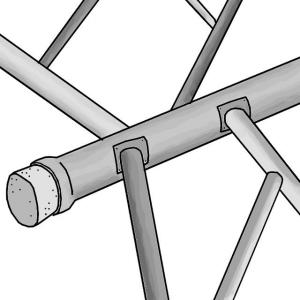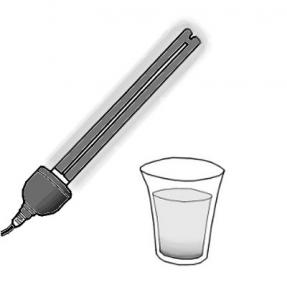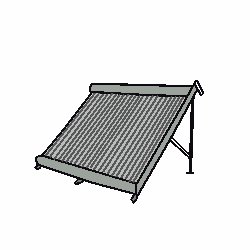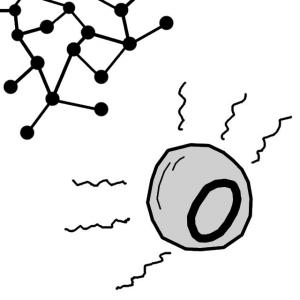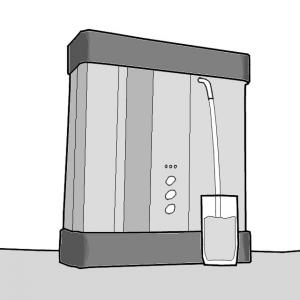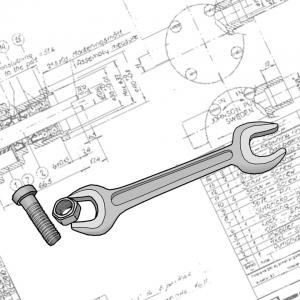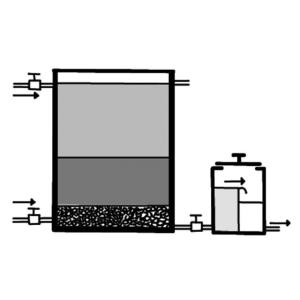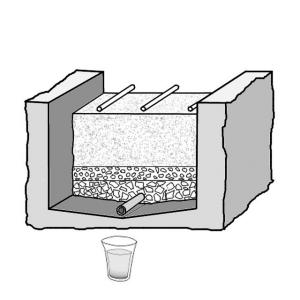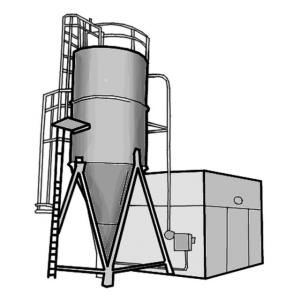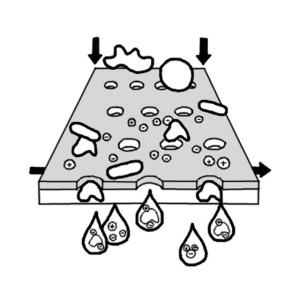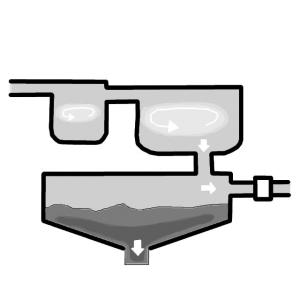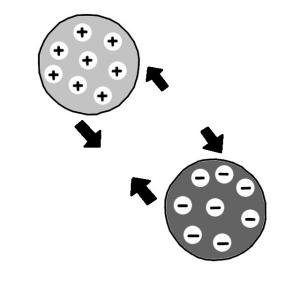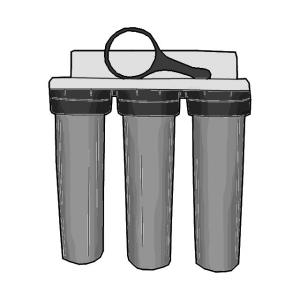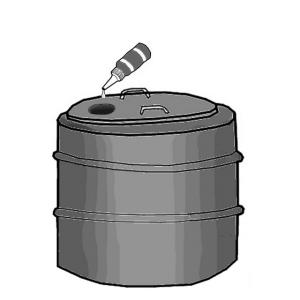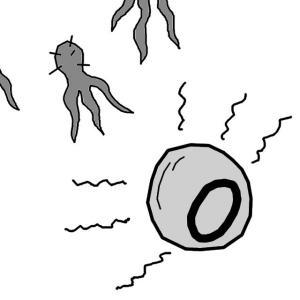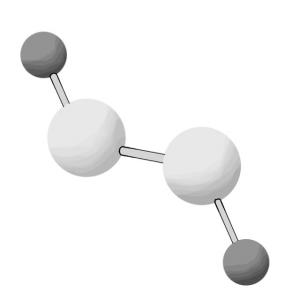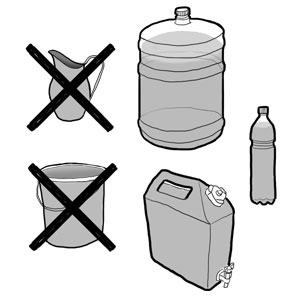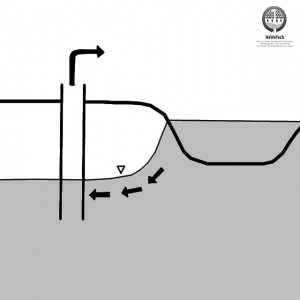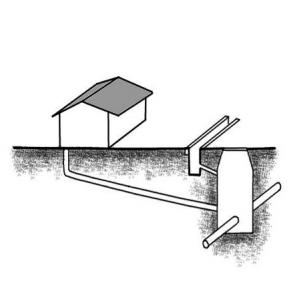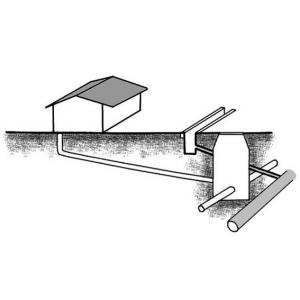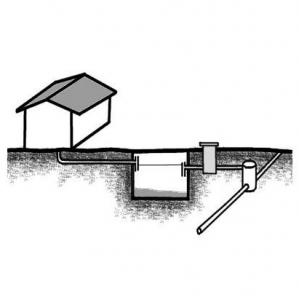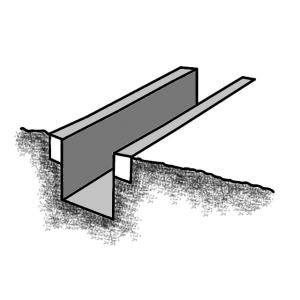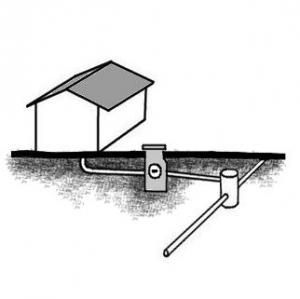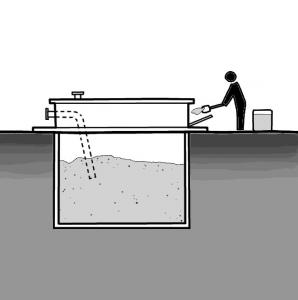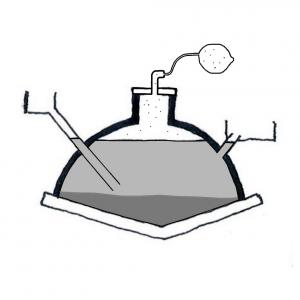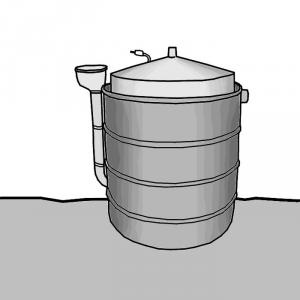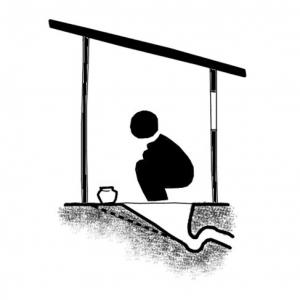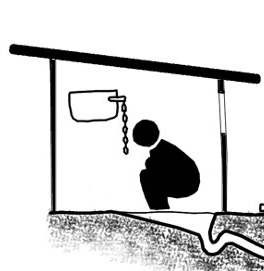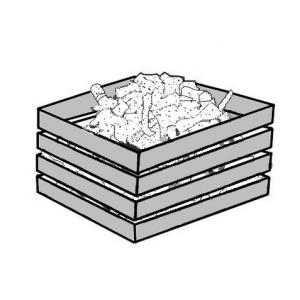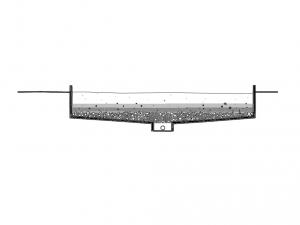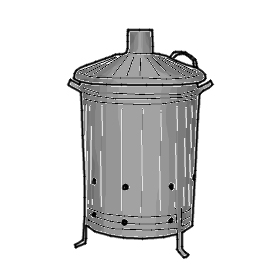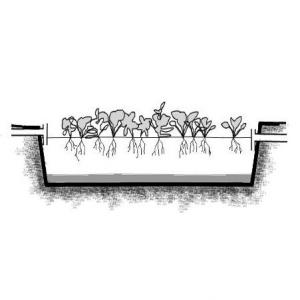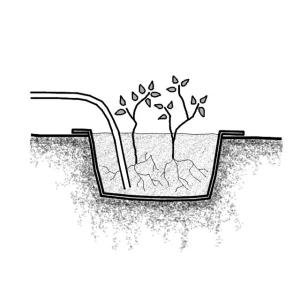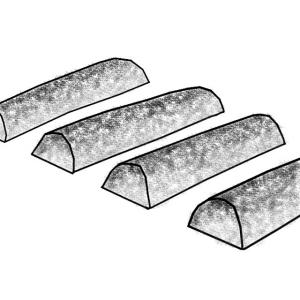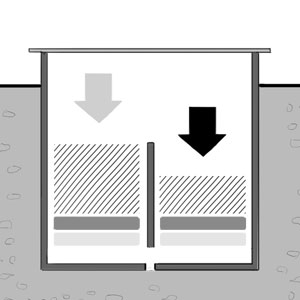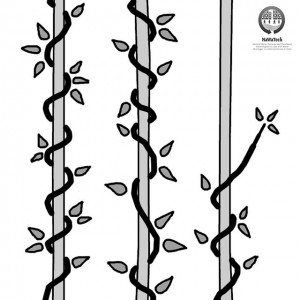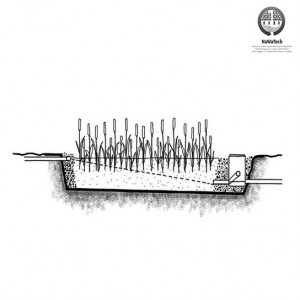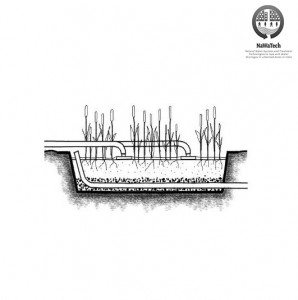Module 2: Centralised and Decentralised Systems for Water and Sanitation
The history of modern water and wastewater handling started with the health challenges in large cities and towns. To provide safe water supply when the local sources ran dry or became polluted, water was piped from reservoirs outside the city (see also man-made reservoirs). To transport wastewater out of the city, large collection and drainage systems were constructed (see lecture 2: transport systems for wastewater). About 150 years ago, the flush toilet was introduced and human excreta was flushed out through the sewers into receiving water bodies (see also conventional sewers). The discharge of untreated wastewater resulted in a local and often regional deterioration of water quality (see also water pollution). However, it took almost a century before wastewater treatment became standard practice in rich countries and still 90% of the world’s wastewater is discharged untreated (Corcoran et al. 2010). We can expect that the discharge of untreated sewage will have growing detrimental effects on global environments as world population increases. Reasons for the lack of action are many, complex and intertwined and include high costs of traditional systems, lack of competence, political ignorance and socio-cultural factors (see also strengthening enforcement bodies, policies and legal framework and water sanitation and culture).
How can we provide sufficient water and appropriate sanitation to a growing world population? Shall we continue to build long connecting sewers and centralized treatment plants? We know that such systems are becoming increasingly expensive. Should we rather go for smaller decentralized systems (see also invalid link) or start to source separate our wastewater as we have been doing with solid waste? The answer lies not in one system or the other, but in the appropriate use of each system (see also sanitation systems, sustainable sanitation). In this module, we focus on the large centralized systems, where these systems are appropriate and how new decentralized solutions are now challenging the traditional wisdom of large scale, centralized systems (semi-centralised wastewater treatments and advanced systems).
- Hardware
- Software
- Sections
- Course Material
- Further Resources: Water Distribution
- Further Resources: Water Purification
- Further Resources: Wastewater Collection
- Further Resources: Wastewater Treatment






